





Botulism
General information about an infection
 Botulism is an infectious disease which is caused by anaerobe bacterias – botulism sticks. They are eurysynusic in the nature, can remain a long time in the soil in a look a dispute. In a human body botulism develops after the use of the infected food stuffs – vegetables, fruits, grain, meat and fish. Eating of preserved foods is especially dangerous. Without oxygen access anaerobe bacterias begin not only to breed quickly, but also to emit special toxin – one of the strongest bacterial poisons. It does not decay in a stomach and intestines, and in certain cases (for example, toxin like E) even the action under the influence of intestinal juice strengthens.
Botulism is an infectious disease which is caused by anaerobe bacterias – botulism sticks. They are eurysynusic in the nature, can remain a long time in the soil in a look a dispute. In a human body botulism develops after the use of the infected food stuffs – vegetables, fruits, grain, meat and fish. Eating of preserved foods is especially dangerous. Without oxygen access anaerobe bacterias begin not only to breed quickly, but also to emit special toxin – one of the strongest bacterial poisons. It does not decay in a stomach and intestines, and in certain cases (for example, toxin like E) even the action under the influence of intestinal juice strengthens.
Risk "to catch" botulism significantly increases at the use of the canned food, salty fish, ham, sausage, mushrooms and a house pickles prepared with disturbance of technological process. In particular, without full heat treatment of food stuffs the causative agent of botulism is capable to remain for many years, without losing at the same time productive capacity.
At the moment 6 types of anaerobe bacterias are known to researchers, and all of them produce strong specific toxins. Level of maintenance of sticks of botulism in food depends on concentration of salt and sugar, and also on the level of acidity of preserved foods.
Botulism – disease symptoms
The incubation interval of botulism proceeds from 2-3 hours to 1-2 days. Initial symptoms of botulism:
- general weakness;
- insignificant headache;
- persistent locks from which do not save enemas and purgatives. The diarrhea at botulism meets much less often;
- nausea, vomiting;
- change of a voice, vision disorder and difficulty with swallowing, caused by damage of the central nervous system.
Patients begin to see all objects as if "in fog". At people pupils extend (at the same time one more widely than another), doubling in eyes appears. Very often botulism leads to squint and a ptosis – an eye blepharoptosis. In certain cases at a disease of botulism the person has no photoharmose (the accommodation phenomenon). Further the causative agent of botulism leads to bystry progressing of a disease with emergence in patients:
- dryness in a mouth;
- changes of pulse (in the beginning slowed down, then – very bystry);
- lowerings of blood pressure;
- germinations a dispute in intestines of the sick person.
Body temperature at infected with botulism remains within norm therefore focal changes from eyes remain the main symptom of a disease. The gastrointestinal syndrome (nausea, vomiting, abdominal pains, locks or ponosa) remains within 1-2 days, and then is replaced by neurologic symptomatology (swallowing disturbances, dryness in a mouth). The patients with botulism test the general weakness, note existence of "grid" before eyes. At the diagnosis botulism symptoms often demonstrate numerous disorders of digestive function. Patients cannot normally swallow food, and at paresis of a soft palate liquid food stuffs in general pour out through a nose. If botulism is followed by paralysis of muscles of a throat, then development of an aphonia and other serious complications is possible.
At a heavy current botulism quite often leads to a lethal outcome because of paralysis of respiratory muscles. But even at the favorable result of treatment at the people who had botulism such unpleasant effects as are observed: muscular weakness, astenisation, neuritis, toxic myocarditis and pneumonia.
Diagnosis of a disease
Statement of the exact diagnosis is carried out on the basis of epidemiological data and characteristic clinical symptoms. Help to reveal botulism and laboratory methods of a research (THRESHING BARN, biological tests, crops) which are necessary for specification like the activator and the subsequent serotherapy. Remember that at a high dose of toxin (more than 0,3 mkg) botulism is deadly. The forecast depends on circulation periods to the doctor and administrations of antibotulinic serum.
Botulism – treatment of a disease
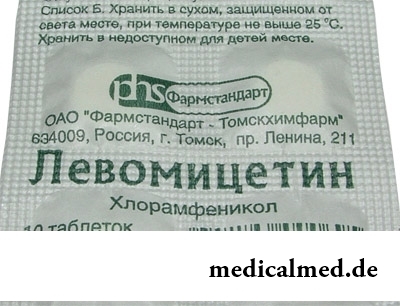 At poisoning with products actions of first aid are of great importance. The patient with botulism needs to give salt laxatives, peach or any other vegetable oils for binding of toxins, and also to wash out a stomach by means of solution of hydrosodium carbonate (baking soda). Besides, at any suspicions of botulism treatment assumes the fastest administration of antibotulinic serum and immediate hospitalization of the patient. At treatment of botulism in the conditions of a hospital laboratory analyses are made for definition like exotoxin then specialists use the monoreceptor anti-toxic serums directed against a specific type of toxic agent. If it is not possible to define toxin type, then polivaletny serums – mix of the laboratory assistants influencing at once all species of anaerobe bacterias are applied.
At poisoning with products actions of first aid are of great importance. The patient with botulism needs to give salt laxatives, peach or any other vegetable oils for binding of toxins, and also to wash out a stomach by means of solution of hydrosodium carbonate (baking soda). Besides, at any suspicions of botulism treatment assumes the fastest administration of antibotulinic serum and immediate hospitalization of the patient. At treatment of botulism in the conditions of a hospital laboratory analyses are made for definition like exotoxin then specialists use the monoreceptor anti-toxic serums directed against a specific type of toxic agent. If it is not possible to define toxin type, then polivaletny serums – mix of the laboratory assistants influencing at once all species of anaerobe bacterias are applied.
As the causative agent of botulism makes impact on the vital systems of an organism, for patients careful permanent care will be organized. According to indications it appoints actions for maintenance of physiological functions and use of the respiratory equipment. At essential disturbances of swallowing it is reasonable to use food via the probe or nutrient enemas. As auxiliary drugs levomycetinum and adenosine triphosphoric acid are applied to treatment of botulism (in the first 5 days of treatment).
There are very curious medical syndromes, for example, persuasive swallowing objects. In a stomach of one patient suffering from this mania 2500 foreign objects were revealed.

The nature does not stand stagnation and monotony. It is known that tissues of a human body atrophy if do not receive necessary loadings...
Section: Articles about health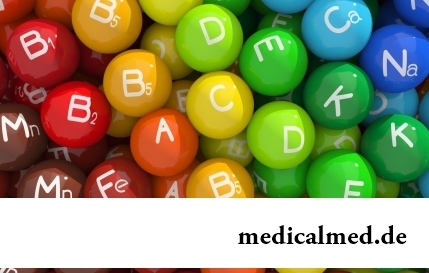
Vitamin complexes belong to the most popular drugs, probably, in our country there is no person who was not hearing about advantage of vitamins and never their accepting. The more vitamins, the better, we consider and as it appeared, cruelly we are mistaken. So l...
Section: Articles about health
Not without reason doctors say that 90% of diseases begin or develop because of misoperation of intestines. Disturbance of its functions is connected with various factors among which the important place belongs to excessive "clutter" of an intestinal path. In an organism not only the remains of food, but also mass of harmful substances which we with food accepted accumulate. Accepted to accept, and about that to remove them, did not take care. And in it a problem....
Section: Articles about health
Aspirin (acetylsalicylic acid) – one of those drugs which are known literally to all. It is available in each home first-aid kit...
Section: Articles about health
The climax, or menopause is the normal process of the termination of genital function of the woman which is followed by serious hormonal changes in an organism. Usually the menopause begins at the age of 50-55 years, but characteristics of this process are very individual. T...
Section: Articles about health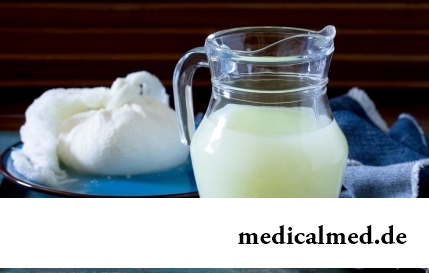
Milk and products of its processing by right occupy one of the main places in a diet of the modern person. They contain proteins, necessary for normal life activity, fats, vitamins and microelements, and are an important part of various medical diets....
Section: Articles about health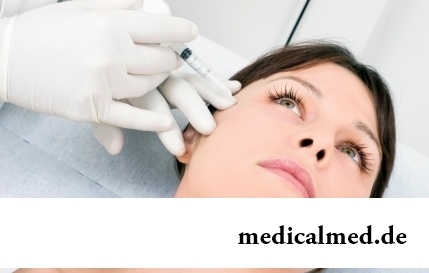
Eyes – one of the most vulnerable areas on a face therefore age changes concern them first of all. Whether it is possible to keep a pier...
Section: Articles about health
Such trouble as the milkwoman's attack, at least once in life happened almost to each woman. Prevalence of a disease is explained by the fact that the causative agent of an illness belongs to the so-called opportunistic microflora living on mucous an obol...
Section: Articles about health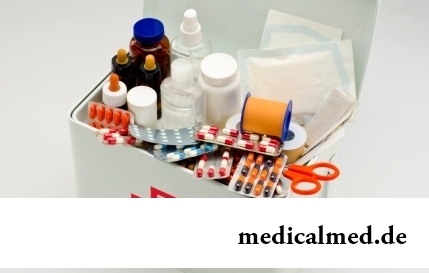
All know that self-treatment is dangerous. However absolutely it is almost impossible to do without it. Rate of modern life does not allow to handle each small trouble to the doctor and information on ways of independent delivery of health care is quite available. Means, all of us have only one: to learn to give this help competently and in those limits in which it is possible for the person who does not have vocational education....
Section: Articles about health
White teeth and the Hollywood smile – a dream of many people. Long time was considered that a plaque on teeth and change of their color – destiny of those...
Section: Articles about health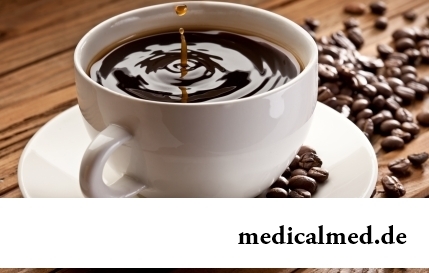
Coffee – favourite drink of many. For the last decades it more than once already declared very harmful, extremely useful and even necessary for normal life activity. In spite of the fact that this product became for us usual for a long time, exists much...
Section: Articles about health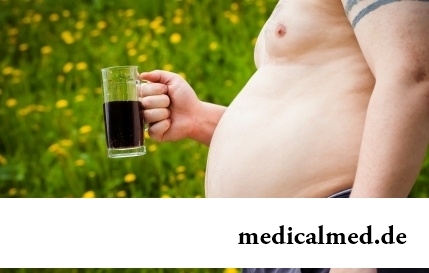
There is a lot of fans of beer in our country. Statistically, on each average Russian (including women and children) in a year about 60 liters of this drink are consumed. It is not a lot of, as in the Czech Republic or Germany, but figure all the same impressive. There is nothing to rejoice here: despite assurances of producers that beer is absolutely harmless, effects of its active consumption cannot be considered positive in any way. Here only part of that negative impact, which popular нап...
Section: Articles about health
Many of us, probably, noticed more than once that from intellectual loadings at some point the brain as though "overheats" also "assimilation"...
Section: Articles about health
The main role in development of a peptic ulcer of a stomach and duodenum the bacterium Helikobakter plays pilor. Activity and the strengthened reproduction of this microorganism lead to weakening of protection of mucous membranes and their erosive damage. Manifestations not...
Section: Articles about health
Life expectancy in various regions of Earth is not identical. Social stability, economic wellbeing, availability and level of medical care, household comfort, literacy of the population in the field of respect for sanitary and hygienic norms and many other factors exert impact on it. However one parameter remains to the general almost for all countries of the world: women on average live for 7-10 years longer, than men. Today we will talk about the reasons of this phenomenon....
Section: Articles about health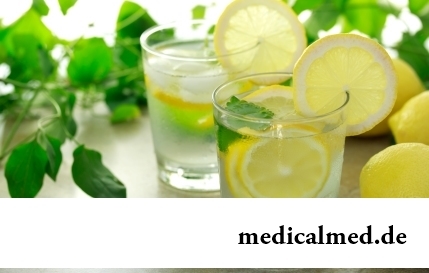
Water with a lemon - idle time in preparation drink which supporters of a healthy lifestyle already managed to appreciate. Upo...
Section: Articles about health
Good appetite was always considered as a sign of good health. The correct operation of the mechanism which is responsible for the need for nutrients and receiving pleasure from process of its satisfaction demonstrates that the organism functions without special from...
Section: Articles about health
One of the major chemical processes happening in a human body are oxidation reactions. They go with participation of fats and carbohydrates which we receive from food, and the oxygen getting to us from air. A main goal of such reactions is obtaining the energy necessary for life activity. Unfortunately, as a result of these processes dangerous by-products – so-called free radicals are allocated. To minimize harm which they can cause to the person neo...
Section: Articles about health
Cold, puffiness of a nose, itch, the watering eyes - characteristic symptoms of the allergic rhinitis resulting from hit and...
Section: Articles about health
The depression not without reason is considered one their main troubles of our century: for scientific and technical progress, acceleration of rate of life and a surplus of information of people it is forced to pay with stresses, negative emotions and weakening of protective forces of an organism. As a result ш...
Section: Articles about health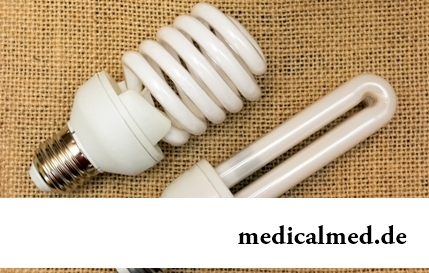
Energy saving lamps are one of the most popular products of innovative technologies, and there is no wonder: they much more economic also are more long-lasting than usual filament lamps. At the same time there are fears that energy saving bulbs can become the reason of emergence of problems with health. Unfortunately, some of similar opinions have the real reasons....
Section: Articles about health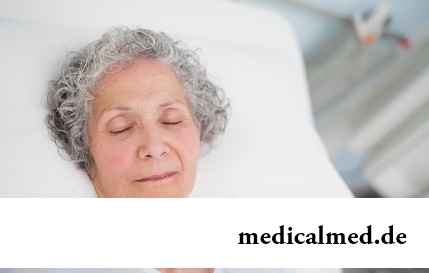
Some people consider what for medicine of the 21st century of secrets in the field of health of the person almost does not exist. It absolutely not so. Than Bol...
Section: Articles about health
The advantage of swimming for the person is so high that this sport is not only the most popular, but also is widely applied in medicine and rehabilitation processes. If you look for for yourself the occupation allowing pleasantly and to spend time, then swimming with advantage...
Section: Slideshow
Each woman has preferences in the field of use of those goods which help us to look good, feel young and effective. Besides: selection process of favourite perfume, shampoo or decorative cosmetics already lightens the mood and serves as a peculiar stress medicine. Happens very offensively when the acquired perfumery and cosmetic products not only do not meet our expectations, but also becomes the reason of problems with health. Sources неприятн...
Section: Articles about health
The summer of this year in Russia was very ambiguous. Regions suffered from a merciless heat, from pouring rains, from times...
Section: Articles about health
All are familiar with cold, and practically everyone believes that he has sufficient knowledge and experience that correctly to treat it. In practice most of people makes mistakes in attempts to get rid of rhinitis, and divides numerous delusions it....
Section: Articles about health
The next flu epidemic leads to the next panic, from year to year we give in on these manipulations: professionally alarming voice of the announcer in news, reports with calculation of the died patients, an interview with people in white dressing gowns and advertizing of anti-influenza means of different degree of inefficiency. All this reminds the Hollywood movies of epidemics threatening to destroy our planet. However, there is also one more similarity to cinema: everything comes to an end well. So, how to deal with the events, not in...
Section: Articles about health
